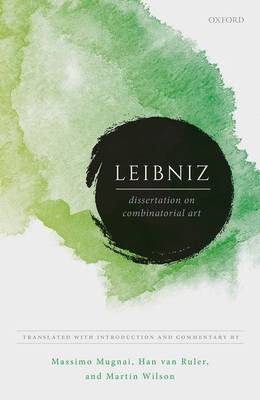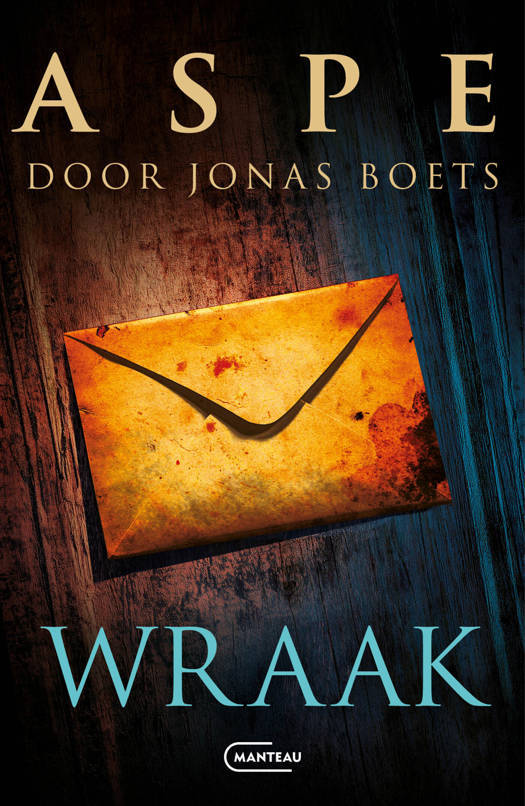
- Afhalen na 1 uur in een winkel met voorraad
- Gratis thuislevering in België vanaf € 30
- Ruim aanbod met 7 miljoen producten
- Afhalen na 1 uur in een winkel met voorraad
- Gratis thuislevering in België vanaf € 30
- Ruim aanbod met 7 miljoen producten
Zoeken
€ 169,45
+ 338 punten
Omschrijving
Leibniz published the Dissertation on Combinatorial Art in 1666. This book contains the seeds of Leibniz's mature thought, as well as many of the mathematical ideas that he would go on to further develop after the invention of the calculus. It is in the Dissertation, for instance, that we find the project for the construction of a logical calculus clearly expressed for the first time. The idea of encoding terms and propositions by means of numbers, later developed by Kurt Gödel, also appears in this work. In this text, furthermore, Leibniz conceives the possibility of constituting a universal language or universal characteristic, a project that he would pursue for the rest of his life. Mugnai, van Ruler, and Wilson present the first full English translation of the Dissertation, complete with a critical introduction and a comprehensive commentary.
Specificaties
Betrokkenen
- Auteur(s):
- Vertaler(s):
- Uitgeverij:
Inhoud
- Aantal bladzijden:
- 320
- Taal:
- Engels
- Reeks:
Eigenschappen
- Productcode (EAN):
- 9780198837954
- Verschijningsdatum:
- 21/07/2020
- Uitvoering:
- Hardcover
- Formaat:
- Genaaid
- Afmetingen:
- 163 mm x 236 mm
- Gewicht:
- 793 g

Alleen bij Standaard Boekhandel
+ 338 punten op je klantenkaart van Standaard Boekhandel
Beoordelingen
We publiceren alleen reviews die voldoen aan de voorwaarden voor reviews. Bekijk onze voorwaarden voor reviews.











